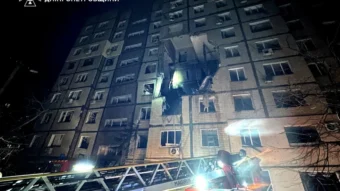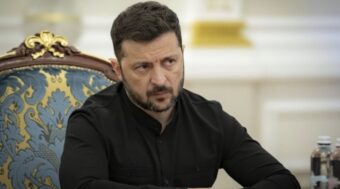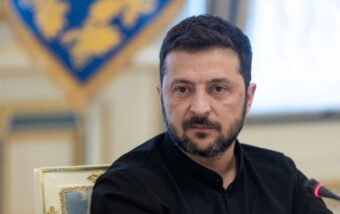How Dangerous Is Russia’s 9M729 Missile Striking Ukraine

Russia has begun using the 9M729 “Novator” cruise missile in strikes against Ukraine — a weapon once at the center of a global arms-control crisis. Between August and October 2025, according to Reuters and G.Business, Russian forces launched at least 23 missiles, reviving fears of a new nuclear escalation. Renewz.de reports this based on data from Reuters and Wikipedia.
A missile that ended a treaty
The 9M729, developed by the Russian defense group NPO Novator, is a ground-launched version of the Kalibr system. It became infamous in 2019 when the United States withdrew from the INF Treaty (Intermediate-Range Nuclear Forces Treaty), accusing Moscow of violating its terms. Then–Secretary of State Mike Pompeo named the 9M729 as the reason the U.S. left the accord, ending more than 30 years of nuclear restraint.
While Moscow insists that the missile’s range is below 500 kilometers, Western intelligence estimates it can fly up to 2,350 kilometers — enough to strike targets across Europe from Russian territory. Analysts say this range makes the 9M729 one of the most destabilizing systems in the Russian arsenal.
Capabilities and confirmed launches
The 9M729 can carry either conventional or nuclear warheads and is launched from mobile Iskander-M (9K720)platforms or MAZ-543 trucks that hold up to six missiles. Reuters confirmed at least 23 launches since August 2025, including one on October 5 that reportedly flew 1,200 kilometers before hitting its target.
Its mobility allows rapid relocation and concealment — a major challenge for Western intelligence and missile defense systems.
Why it changes the war
Military experts describe the 9M729 as a strategic weapon disguised as a tactical tool. It allows Russia to conduct deep strikes from within its own borders, bypassing Ukraine’s air-defense network.
“The 9M729 blurs the boundary between conventional and nuclear war,” said a European analyst quoted by Reuters. “It is mobile, precise and politically toxic.”
Possible deployment sites include Kapustin Yar near Volgograd, Yekaterinburg, Mozdok in North Ossetia, and Shuya near Moscow — all long associated with Russia’s nuclear-capable forces, according to Frankfurter Allgemeine Zeitung.
From INF collapse to a new arms race
The INF Treaty, signed in 1987 by Ronald Reagan and Mikhail Gorbachev, banned all land-based missiles with ranges between 500 and 5,500 kilometers. When it collapsed in 2019, both Washington and Moscow began rearming in this category. The renewed appearance of the 9M729, together with Moscow’s tests of the Burevestnik nuclear-powered cruise missile and the Poseidon underwater drone, signals what experts describe as the return of great-power nuclear rivalry.
A symbol of failed disarmament
For arms-control advocates, the 9M729 has become a symbol of diplomatic failure. Once a technical violation, it is now a weapon of active warfare. Its deployment against Ukraine demonstrates how far Russia has moved beyond the post-Cold-War framework — and how fragile the remaining global security architecture has become. What began as a dispute over range specifications has evolved into a defining weapon of a new geopolitical era: precise, mobile, and designed to send a political message as much as to destroy a target.
Stay connected for news that works — timely, factual, and free from opinion — and insights that matter now: Emine Erdoğan urges Melania Trump to help children in Gaza





